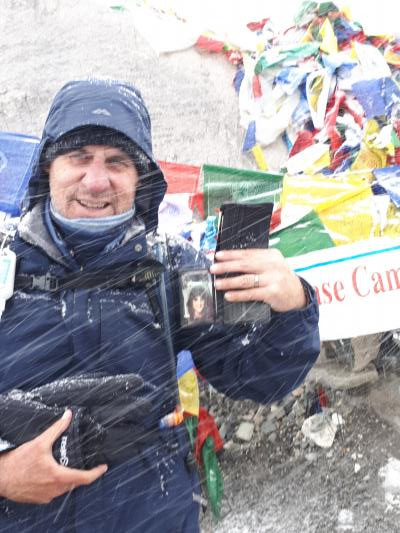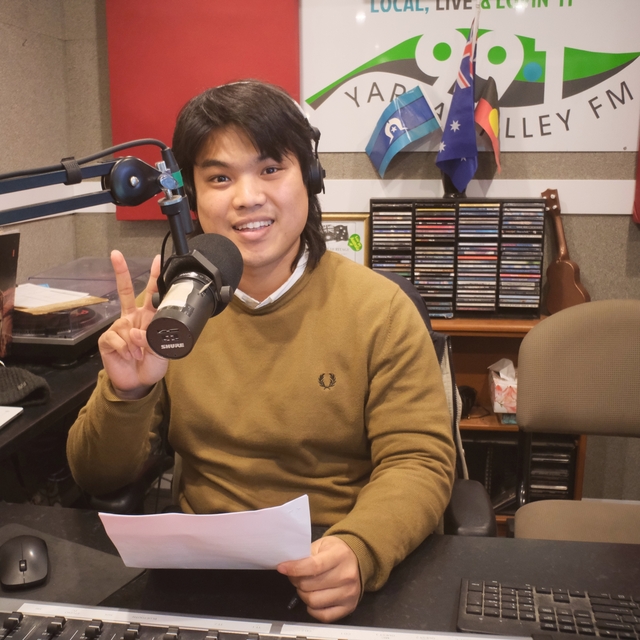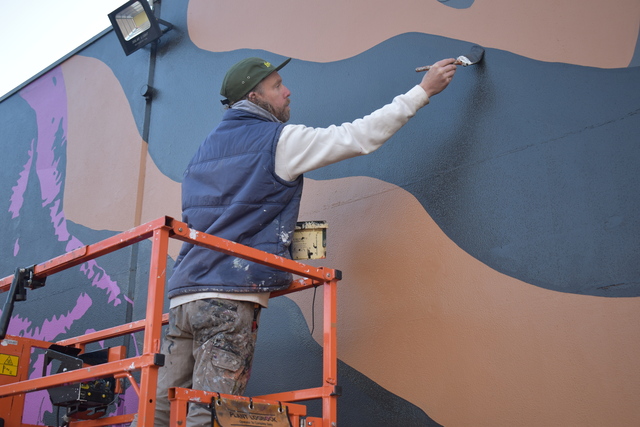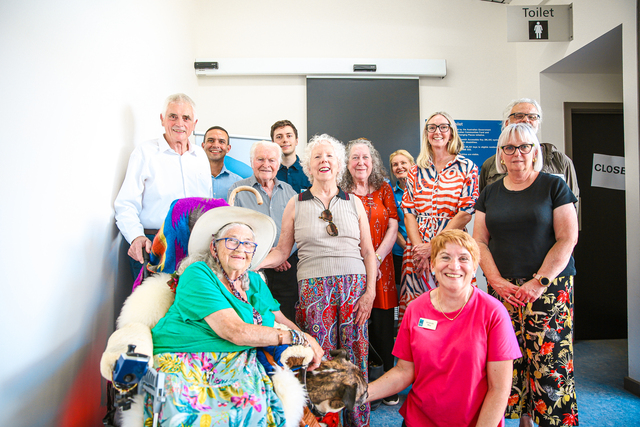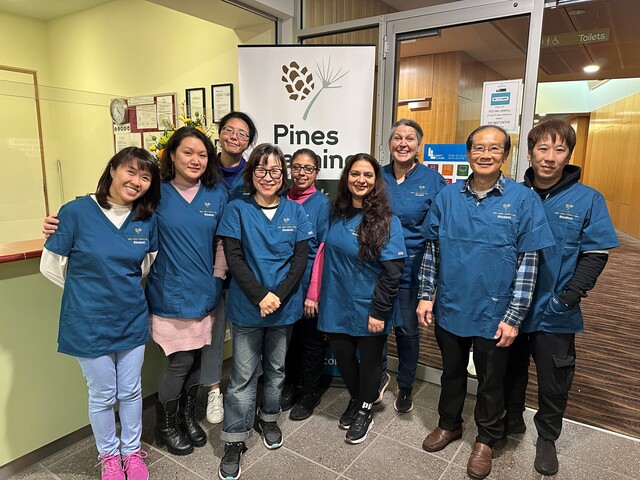Donor Families Australia will be commemorating the 10,000 plus donors, who have donated their organs and tissue to continue to raise awareness of transplantation in Australia with a Donor Heroes Night.
The 18 May event is asking all Australians to turn on their porch or balcony light and post a photo to social media.
For Warburton resident Warwick Duncan, it’s an opportunity to reflect on the story of him and his donor hero, Samantha.
Mr Duncan was the recipient of a liver transplant that saved his life 31 years ago.He first made contact his donor’s family five months post-transplant.
“I first contacted my donor family, anonymously through the hospital as you had to in those days,” Mr Duncan said.
“My feeling then, and 31 years later still is, was that as they had made the ultimate gift to an unknown person in a time of enormous grief, the least I could do was to both thank them and tell them a little about myself.
“I told them I had three young sons, and their gift was more about the boys having a father than it was about me.
“Not long later my donor mother replied. She said that the day after receiving my letter they happened to notice sitting in front of them at the football a dad with three young boys. At that moment, their gift became so much more real, more human, and I think helped them with their grieving process. If only just a little bit.”
When Mr Duncan’s wife fell pregnant with their fourth child, he again contacted the hospital requesting to learn the first name of his donor and that he would love to name his child after her if it were a girl.
Mr Duncan’s newborn daughter was just the fourth-born post-liver transplant in Australia, a rare occurrence in those days. He learned the name of his donor, Samantha, and so Caitlin Samantha Alexandra Duncan was born almost two years to the day of the transplant.
“The name Alexandra was in honour of the medical staff at the Princess Alexandra Hospital, where I had my transplant,” Mr Duncan said.
He shared the news of his daughter to his donor’s family and they replied congratulating Mr Duncan.
“Over the next few years I didn’t want to intrude in their lives, but nearing my tenth anniversary I had the urge that I should make contact again. I wanted to tell them everything that I had achieved in Samantha’s name, to prove to them their precious gift was not a waste. I even sent them one of the Gold Medals I had won at the World Transplant Games.
“Over the years, we found out so much more about Samantha and how she died. One of the photos of her I still carry with me everywhere I go – and always will.
“They donated because they thought that if only a small part of Samantha could live on, then that would have to do. They didn’t want another family to go through what they were going through.”
Caitlin even met Samantha’s mother at the age of eight or nine, where she pulled her close and exclaimed, “Oh, she has blue eyes.” Her Samantha had brown eyes.
“I visit Samantha’s grave whenever I’m in Adelaide, on one occasion even taking Caitlin. That was confronting, as you may imagine.
“I am so grateful, and incredibly lucky, as knowing my donor family has been such an amazingly rewarding experience.
“Knowing them helps me remember.”

